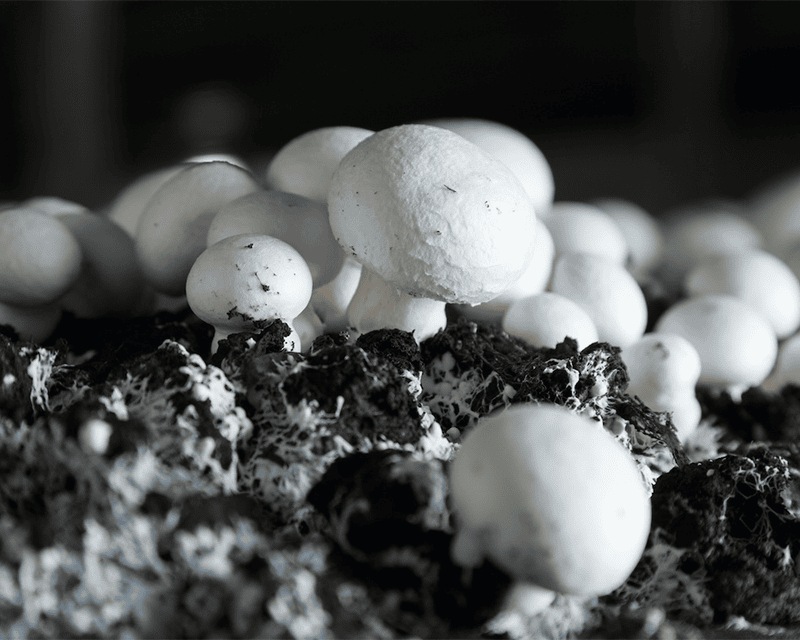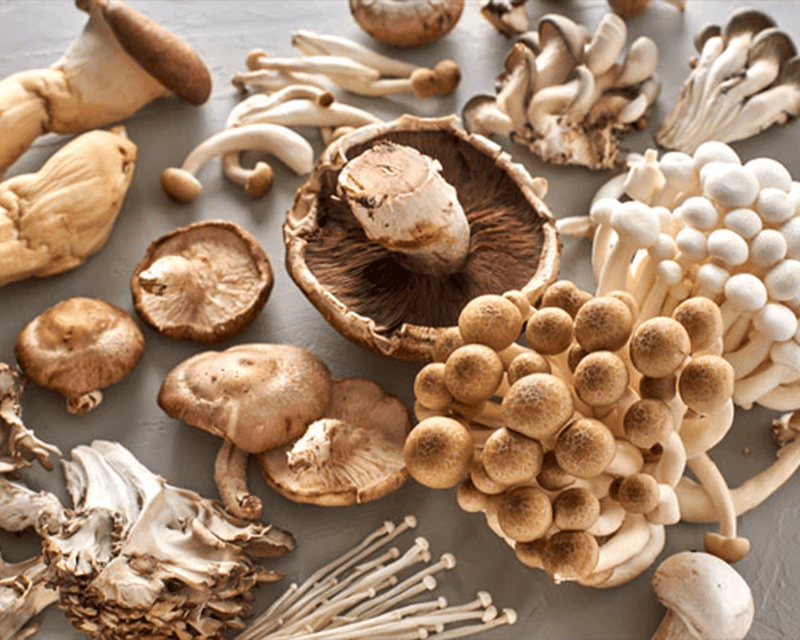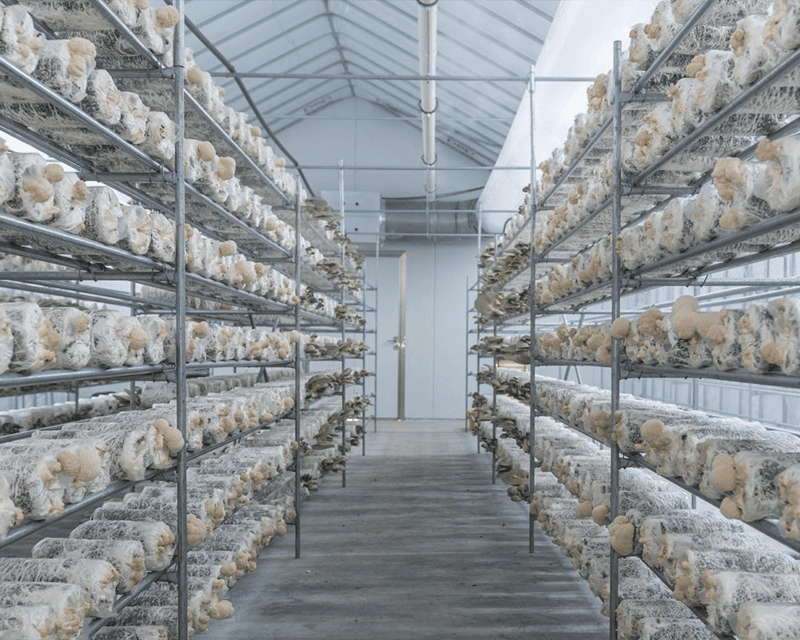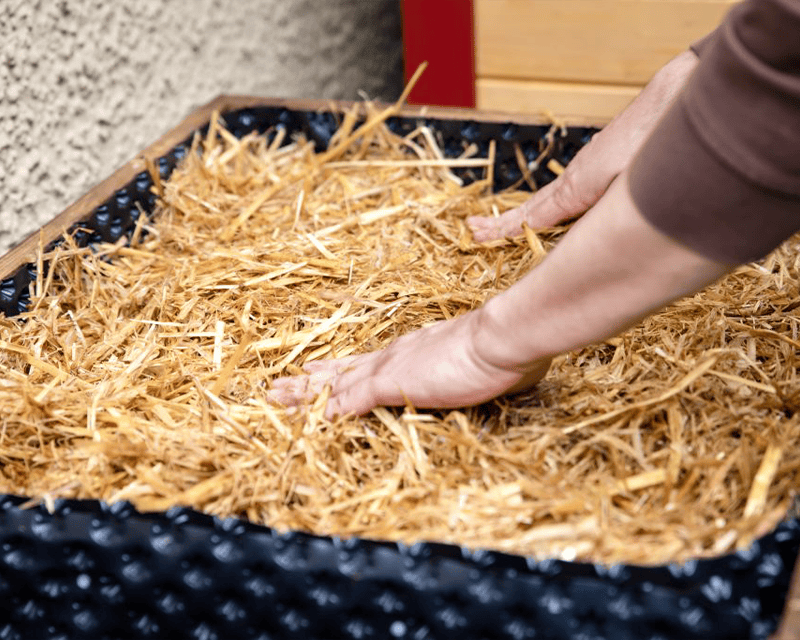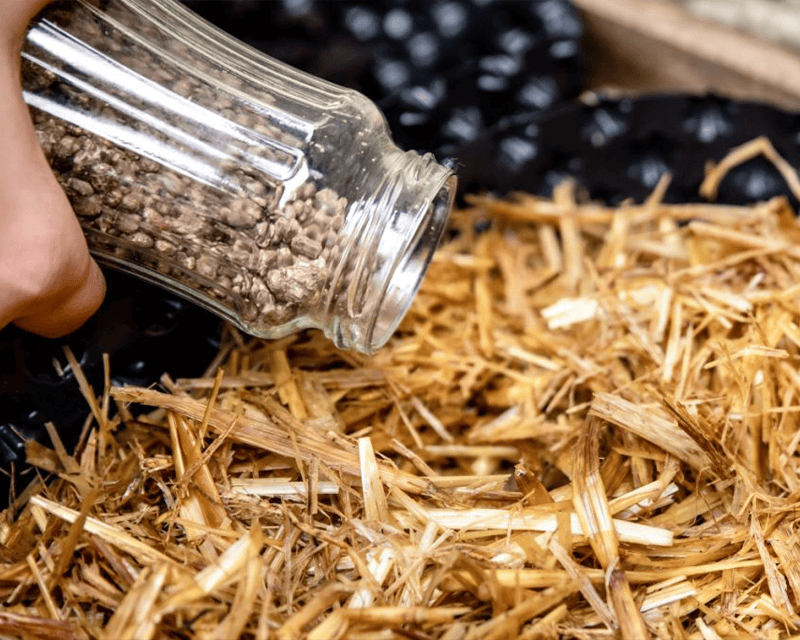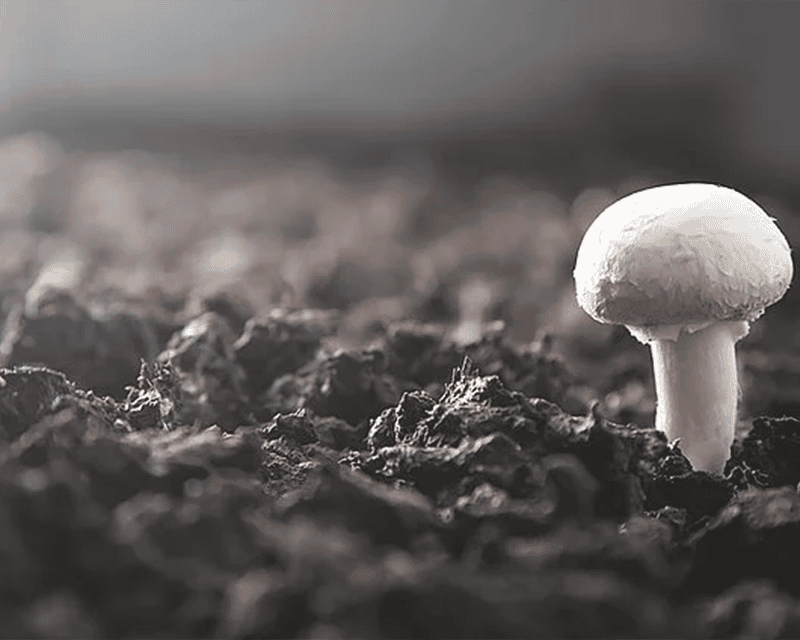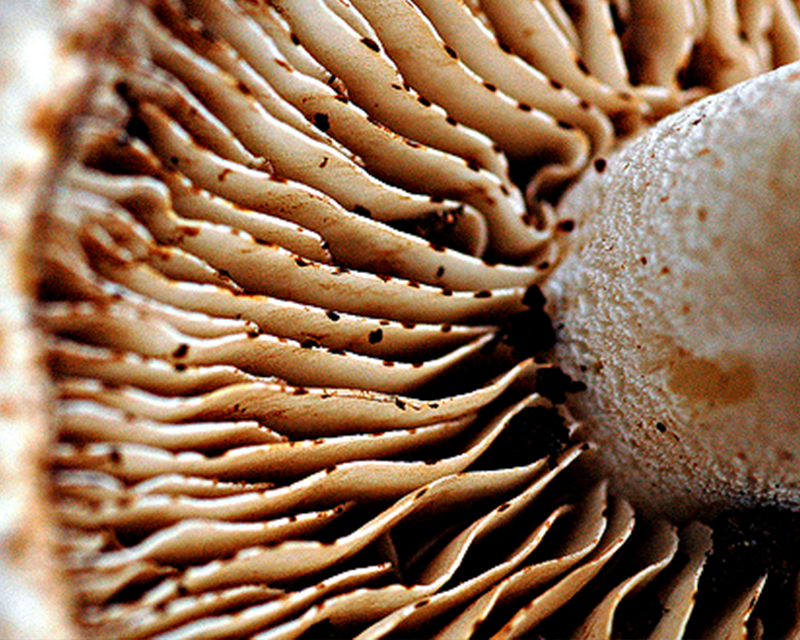Choosing the Right Mushroom Variety:
When selecting a mushroom variety to cultivate, it is essential to consider factors such as grower experience, growing conditions, and intended use of the mushrooms. Beginners may find it beneficial to start with beginner-friendly varieties like white button mushrooms or oyster mushrooms, known for their adaptability and ease of cultivation. More experienced growers might opt for exotic or gourmet varieties like shiitake or maitake, which require more specialized growing conditions but offer unique flavors and textures.
Additionally, consider the space available for cultivation and the time commitment you are willing to make. Some mushroom varieties, such as King oyster mushrooms, require more space and maintenance, while others like enoki mushrooms can thrive in compact growing environments with minimal effort. By assessing your resources and goals, you can choose a mushroom variety that suits your preferences and lifestyle for a successful harvest.
Preparing the Growing Environment:
- To prepare the growing environment for your mushrooms, start by selecting a suitable location for your setup.
- Choose a spot that receives indirect sunlight and maintains a consistent temperature.
- Avoid areas with drafts or extreme temperature fluctuations, as these can negatively impact the growth of your mushrooms.
- Once you have chosen the location, ensure that it is clean and free from any contaminants that could harm your mushroom crop.
- Next, set up the necessary equipment such as shelves or grow racks to hold your growing containers.
- Make sure that the area is well-ventilated to promote air circulation and prevent the buildup of excess moisture.
- Consider using a fan or opening a window to maintain a fresh supply of air in the growing environment.
- By creating a clean, well-ventilated space, you are laying the foundation for healthy mushroom growth and a successful harvest.
Selecting the Right Substrate for Your Mushrooms:
When selecting the right substrate for your mushrooms, it is essential to consider the specific requirements of the mushroom variety you are planning to cultivate. Different types of mushrooms thrive on different substrates, such as
Straw,
Sawdust,
Compost,
Coffee grounds.
Understanding the preferences of the mushrooms you are growing will help ensure a successful harvest.
In addition to the mushroom variety, it is crucial to take into account the availability and cost of the substrate. Some substrates may be more readily accessible and budget-friendly than others, making them a more practical choice for home cultivation. Moreover, consider the preparation and sterilization required for each substrate, as this will impact the overall effort and resources needed for your mushroom-growing endeavor. By carefully selecting the right substrate based on these factors, you can set a solid foundation for a bountiful mushroom harvest.
Inoculating Your Substrate with Mushroom Spores:
Once you have prepared your substrate, it is time to introduce the mushroom spores into the mix. This process, known as inoculation, is crucial for the growth of your mushrooms. You can obtain mushroom spores from specialized suppliers or harvest them from mature mushrooms if you are an experienced grower.
Inoculating the substrate can be done using various methods, such as mixing the spores with a sterile liquid and evenly distributing it throughout the substrate. Alternatively, you can sprinkle the spores onto the substrate surface and gently mix them in. Whichever method you choose, be sure to work in a clean and sterile environment to prevent contamination that could hinder the growth of your mushrooms.
Maintaining Proper Moisture Levels:
Proper moisture levels are crucial for the successful growth of mushrooms. Maintaining a consistent level of moisture is essential to ensure that the mushrooms develop properly and do not dry out or become waterlogged. To achieve the right moisture balance, regularly check the substrate for any signs of dryness or excess moisture.
One effective way to maintain proper moisture levels is by using a spray bottle to mist the substrate as needed. Be careful not to oversaturate the substrate, as this can lead to problems such as mold growth. Additionally, consider covering the growing area with a lid or plastic wrap to help retain moisture and create a humid environment ideal for mushroom growth.
Ensuring Sufficient Air Circulation:
Proper air circulation is essential for the successful growth of mushrooms. Stagnant air can lead to the build-up of carbon dioxide, which can inhibit the development of your mushrooms. To ensure sufficient air circulation, consider placing fans in the growing area to promote airflow and prevent any pockets of stagnant air from forming. Additionally, opening windows or vents can also help in maintaining a fresh supply of oxygen for your mushrooms to thrive.
Inadequate air circulation can create a breeding ground for mold and other contaminants that can harm your mushroom crop. By allowing proper airflow within your growing environment, you can help prevent the growth of unwanted microorganisms and maintain a healthy atmosphere for your mushrooms. Regularly inspecting your setup to ensure that air is circulating effectively will play a key role in the success of your mushroom growing venture.
Controlling Temperature for Optimal Growth:
Maintaining the ideal temperature is crucial for the optimal growth of mushrooms. Different mushroom varieties have specific temperature requirements during various stages of their growth. It is essential to research and understand the temperature needs of the particular type of mushroom you are cultivating.
In general, most mushrooms prefer a temperature range between 55 to 75 degrees Fahrenheit for successful cultivation. However, some varieties may have different preferences. Consistently monitoring and controlling the temperature within the designated range is key to ensure that the mushrooms thrive and develop properly. Any deviations from the recommended temperature range can affect the growth rate and overall quality of the mushrooms.
Monitoring for Pests and Diseases:
To ensure a healthy and bountiful mushroom harvest, regular monitoring for pests and diseases is crucial. Keep a close eye on your mushroom crop to promptly detect any signs of potential issues. Look out for unusual growth patterns, discoloration, or abnormal spots on the mushroom caps or stems.
Pests such as flies, mites, and nematodes can wreak havoc on your mushroom cultivation efforts. Implement preventative measures like keeping the growing area clean and free of debris to deter pest infestations. Additionally, disease-causing fungi and bacteria can quickly spread in a moist environment, so maintain proper ventilation and moisture levels to reduce the risk of infections. Regularly inspect your mushroom bed for any signs of disease so that you can take immediate action to prevent further damage to your crop.
Harvesting Your Mushrooms at the Right Time:
To ensure that you are harvesting your mushrooms at the optimal time for flavor and texture, it is essential to closely monitor their growth progress. Different mushroom varieties have specific indicators that signal readiness for harvest. For example, button mushrooms should be harvested before the caps fully open, while shiitake mushrooms are best picked just as the edges start to curl upwards.
Timing is critical when it comes to harvesting mushrooms, as picking too early or too late can affect the overall quality of your harvest. To determine the right moment for harvesting, inspect your mushrooms regularly and take note of any changes in size, color, or texture. Remember that mushrooms can grow rapidly, so check them daily to avoid missing the ideal harvesting window.
Storing and Preserving Your Mushroom Harvest:
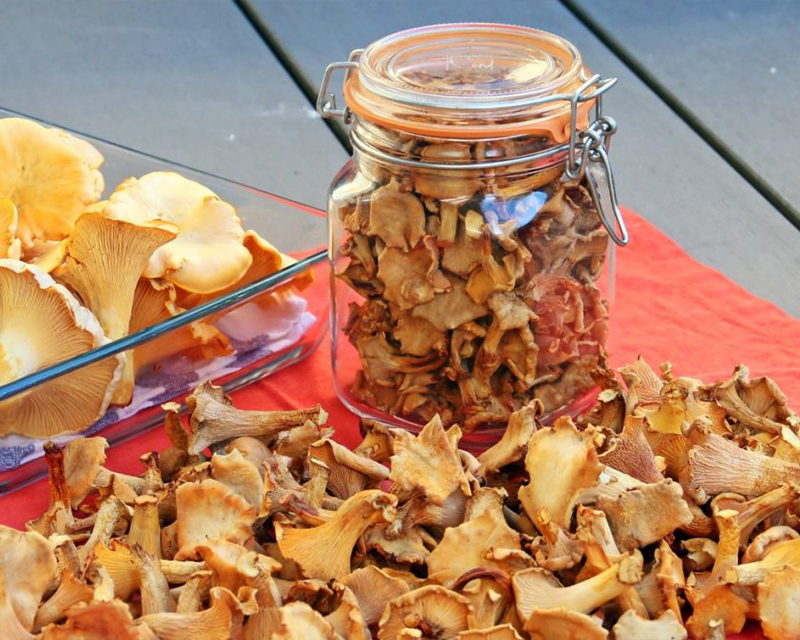
- Once you have harvested your mushrooms, it is important to store them properly to maintain their freshness and flavor.
- To store mushrooms, gently brush off any dirt or debris, and place them in a paper bag or a container that allows for some airflow.
- Avoid storing mushrooms in plastic bags as they can become slimy due to excess moisture.
- Store fresh mushrooms in the refrigerator, ideally in the crisper drawer where the temperature is slightly cooler.
- For long-term preservation, consider drying or freezing your mushrooms.
- Drying mushrooms can be done by slicing them thinly and placing them in a dehydrator or oven on low heat until they are completely dried.
- Once dried, store them in an airtight container in a cool, dark place.
- Freezing mushrooms is another option if you want to preserve them for a longer period.
- Simply clean and slice the mushrooms before placing them in a freezer-safe container or bag.
- Frozen mushrooms can be used in soups, stews, or sauces, but their texture may change slightly after thawing.
